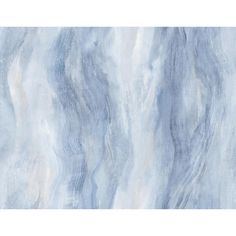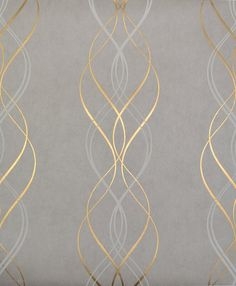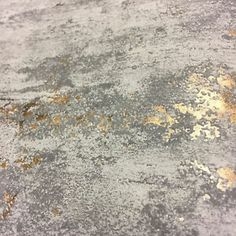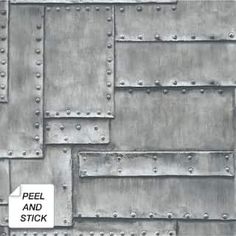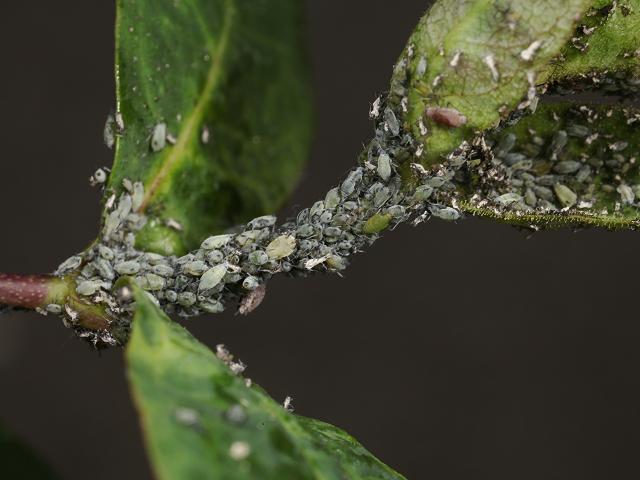There is a “new” product making its way to the garden shelves called Neem oil or Neem oil extract. Actually, Neem oil has been around for thousands of years, however, is entering the garden area. It comes from the Neem tree (Azadirachta) which grows in Southeast Asia and India. The tree’s seeds hold the highest concentration of oil.
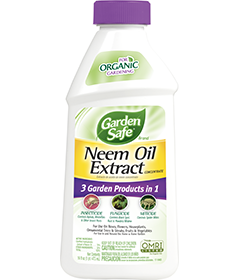
It is non-toxic to bees, butterflies, ladybugs, fish, and birds. A soil drench or foliage spray which is taken in by the plant causes the feeding bugs to stop eating. It works well for aphids, mites, scale, cabbage worms, and mealybugs. As a fungicide, it is useful for controlling and preventing mildews, rusts, black spot on roses, and mold on fruit. Read the directions carefully because you do not want to apply it too heavily.



